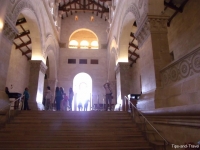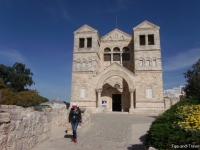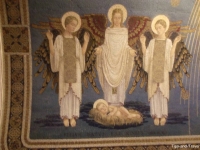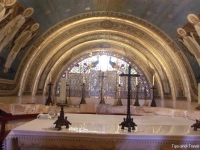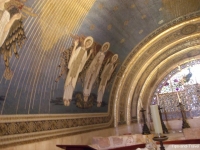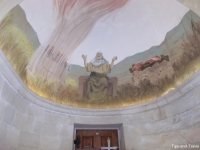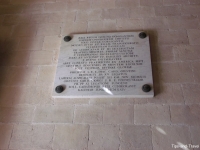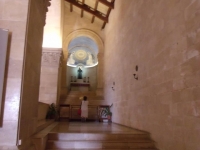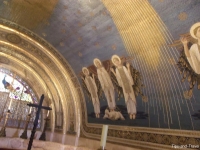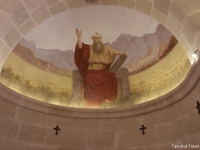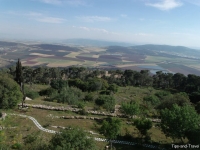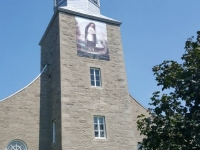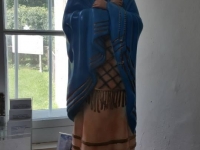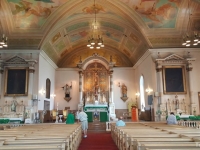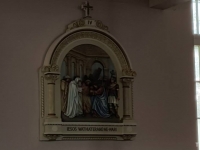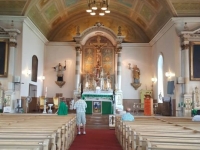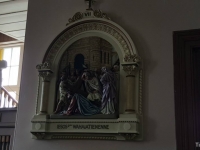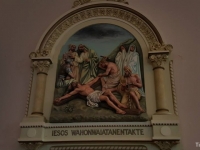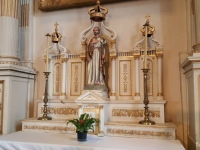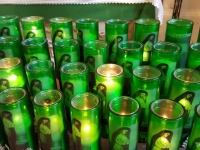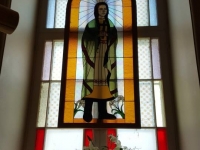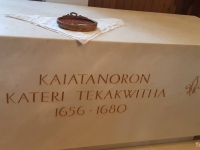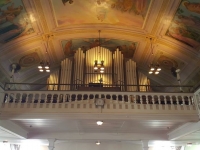The church of St. Constantine and St. Helena is one of the oldest Christian temples of Plovdiv, located on a site that housed a Christian sanctuary already in the early fourth century. It is on the ramparts of the Acropolis, in the center of the old town. The Severian and Memnos martyrs were beheaded in 304 (at the place where the church is) because of their Christian religion. The archaeologists support that the temple was built 30 years after the death of these martyrs and that it had their name. The actual name is due to Emperor Constantine when he was canonized as a saint so they changed its name and that of his mother. Along the years, the temple was built and rebuilt and the one we see today dates from 1832. In 1950, they discovered an ossuary that preserved the bones of tens of generations of inhabitants of Plovdiv during excavations. Today they rest in a pit located beneath a tombstone found in the temple courtyard. This court has a solid stone wall around that reaches 6 to 8 meters in height and is crowned by a massive brick cornice. Some additional buildings in the courtyard gives it the appearance of a monastery. The interior has three naves with a vaulted ceiling of extraordinary richness. There are murals, an iconostasis wooden sculpted, icons and a wooden sculpted pulpit.
Tips
If you visit the church without an organized tour, enjoy to walk in the old town because there are many things to see, beautiful architecture and lots of history.
